Over the last few months I’ve been running the Homeschool Basics series and answering some of the most frequently asked questions I’ve received about homeschooling. There are still more posts planned in the series, so stay tuned over the next two months.
Are you enjoying it so far and finding it helpful?
In case you are newer to this site, here’s a quick sum up of what we’ve covered. Just click on the graphic to go directly to that post.
Have a question that you don’t see answered? Please feel free to leave a comment and ask! I’d be happy to squeeze in a post or two.
 |
 |
 |
 |
 |
 |
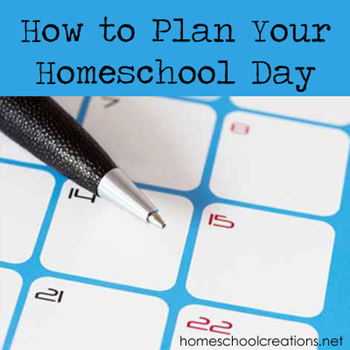 |
 |
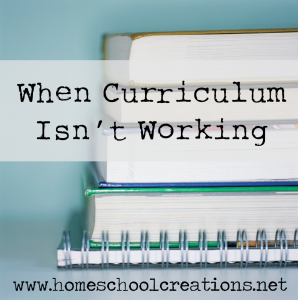 |
 |
 |
 |
A Few More Posts You Might Find Helpful…





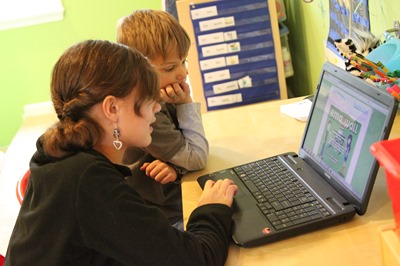
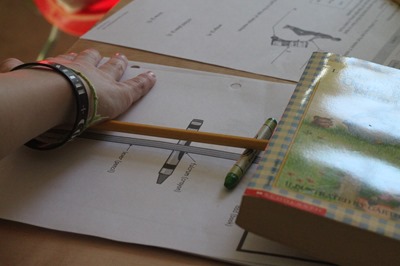
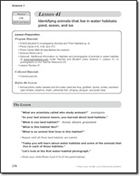 There are many subject areas that I can spend a lot of time planning and prepping, but sometimes my sanity stays a bit more intact when I do not have to come up with detailed lesson plans, scour the internet for craft ideas and experiments, and invent worksheets to go along with a subject.
There are many subject areas that I can spend a lot of time planning and prepping, but sometimes my sanity stays a bit more intact when I do not have to come up with detailed lesson plans, scour the internet for craft ideas and experiments, and invent worksheets to go along with a subject.

 Jamerrill is a Christian frugal homeschooling mom of six children who has been homeschooling for the last ten years. Throughout their homeschooling years, her family has had to homeschool for free or extremely frugal, which inspired her free eBook
Jamerrill is a Christian frugal homeschooling mom of six children who has been homeschooling for the last ten years. Throughout their homeschooling years, her family has had to homeschool for free or extremely frugal, which inspired her free eBook 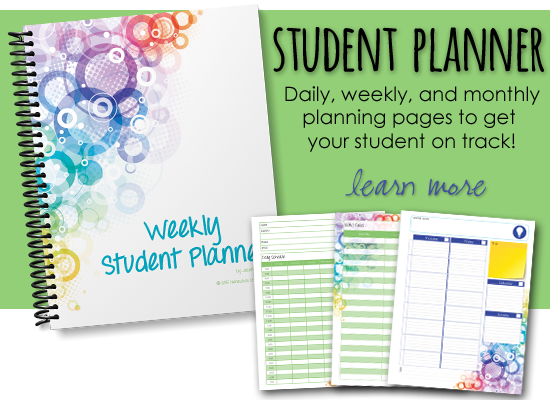
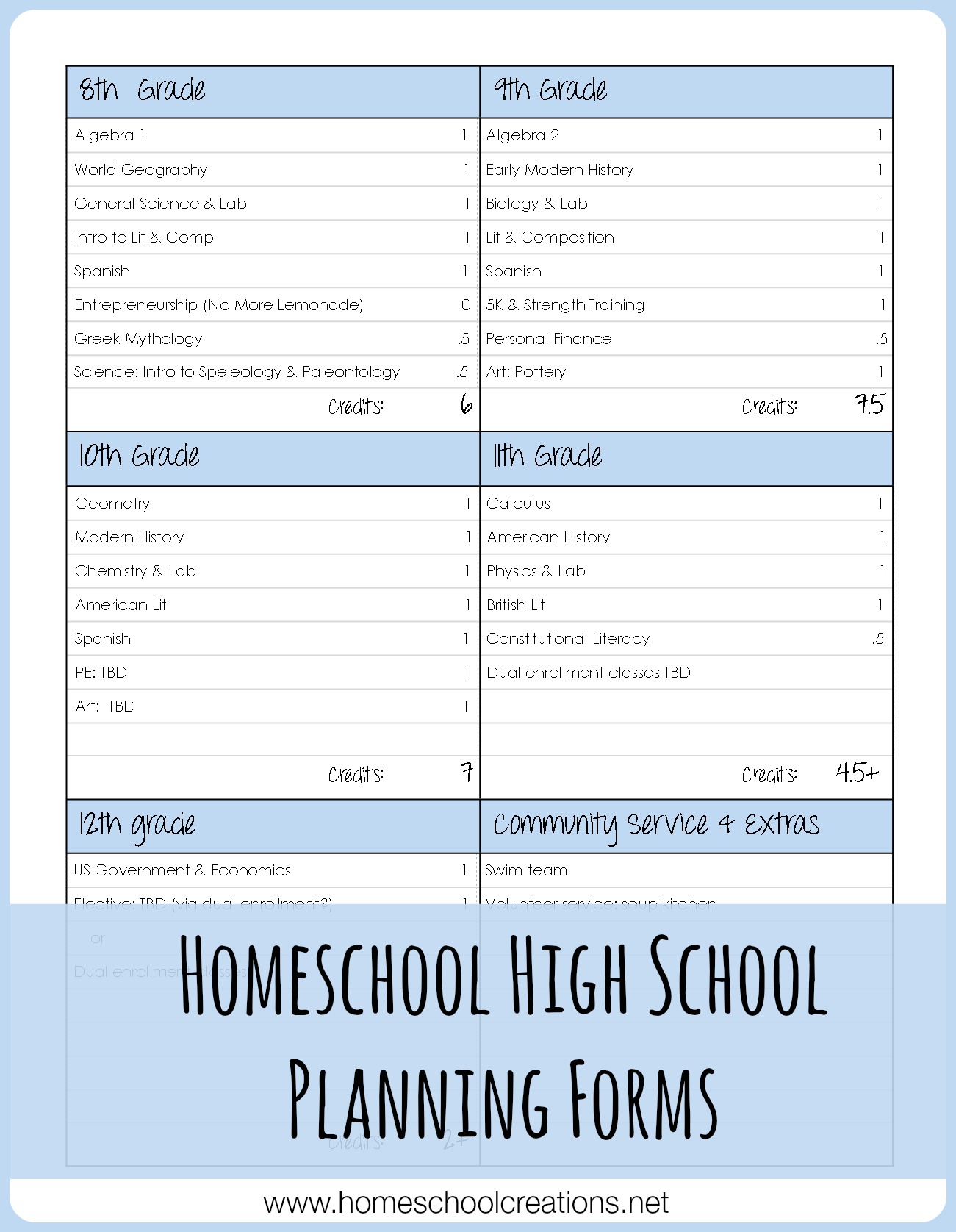
 Kris is the classically eclectic, slightly Charlotte Mason homeschooling mom to three amazing kids, the Christ-following, sweet tea addicted wife to one unbelievably supportive husband, and the formerly obese, couch-potato-turned-healthy runner of a bunch of 5K races and two half-marathons. She blogs at
Kris is the classically eclectic, slightly Charlotte Mason homeschooling mom to three amazing kids, the Christ-following, sweet tea addicted wife to one unbelievably supportive husband, and the formerly obese, couch-potato-turned-healthy runner of a bunch of 5K races and two half-marathons. She blogs at 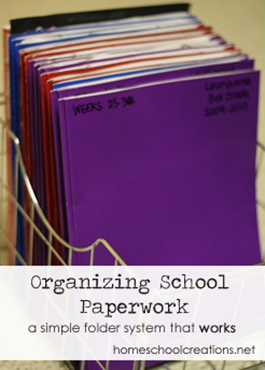
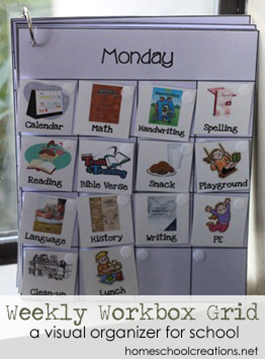
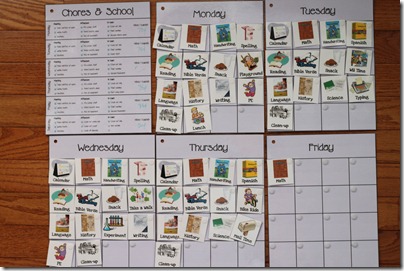
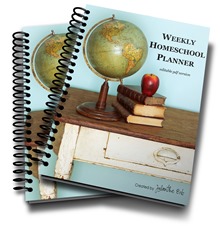




 The printables shared on this site are FREE of charge unless otherwise noted, and you are welcome to download them for your personal and/or classroom use only. However, free or purchased printables are NOT to be reproduced, hosted, sold, shared, or stored on any other website or electronic retrieval system (such as Scribd or Google docs). My printables are copyright protected and I appreciate your help in keeping them that way.
If you download and use some of my printables and then blog about them, please provide a link back to my blog and let me know - I'd love to see how you are using them! Please be sure to link to the blog post or web page and not directly to the file itself. Thank you!
The printables shared on this site are FREE of charge unless otherwise noted, and you are welcome to download them for your personal and/or classroom use only. However, free or purchased printables are NOT to be reproduced, hosted, sold, shared, or stored on any other website or electronic retrieval system (such as Scribd or Google docs). My printables are copyright protected and I appreciate your help in keeping them that way.
If you download and use some of my printables and then blog about them, please provide a link back to my blog and let me know - I'd love to see how you are using them! Please be sure to link to the blog post or web page and not directly to the file itself. Thank you!